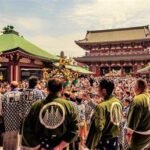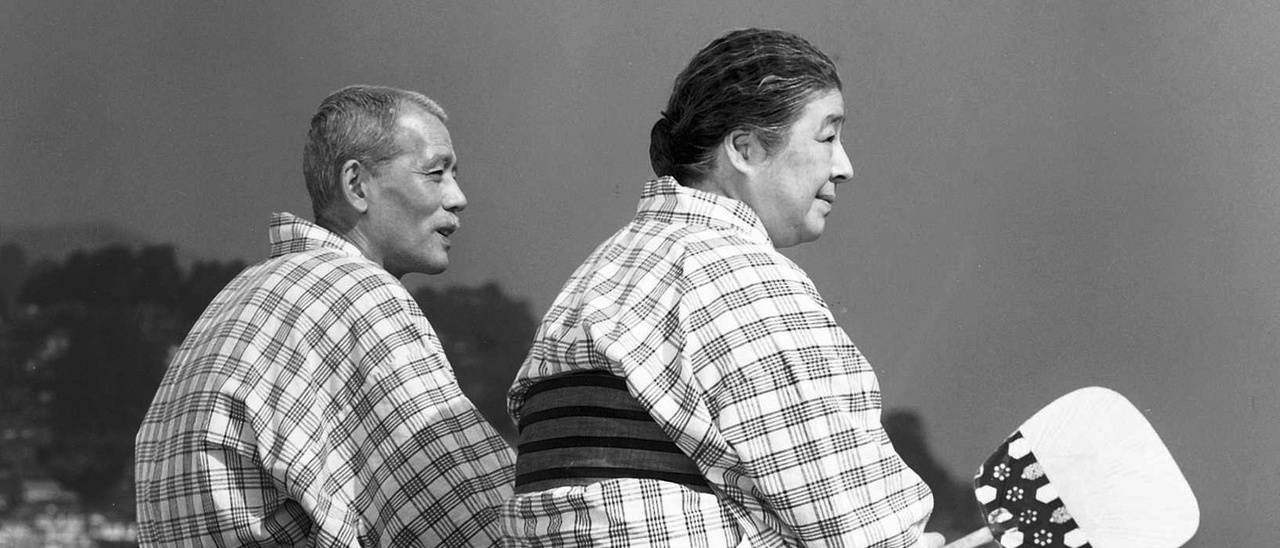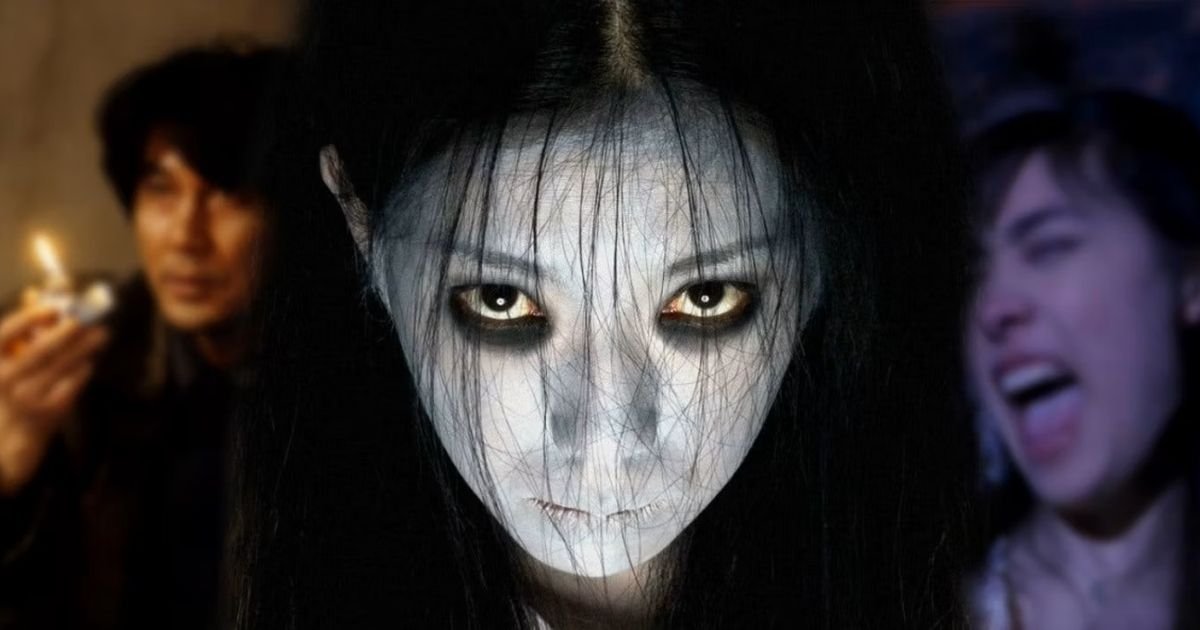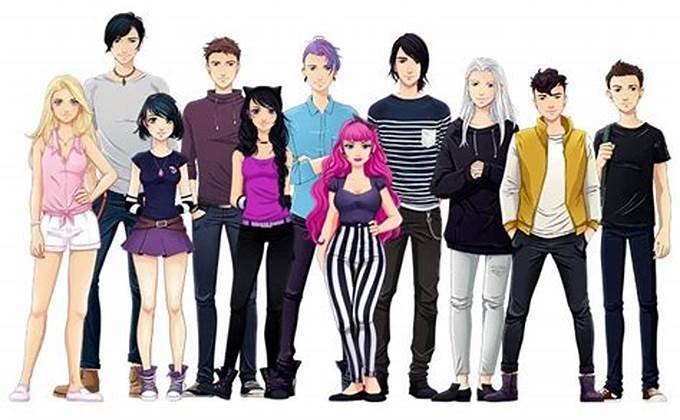Japanese cinema has evolved significantly over the past century, shaping global film culture with its unique storytelling and innovative techniques. From its early days in the silent era to its modern-day dominance in anime and arthouse films, Japanese cinema has continuously adapted while preserving its cultural essence. This article takes you on a journey through the key phases in the history of Japanese cinema, exploring its evolution, major directors, and the genres that define it.
1. The Silent Era (1897–1930s): The Birth of Japanese Cinema
Japanese cinema began in the late 19th century, influenced heavily by traditional theater forms such as Kabuki and Noh. During the silent era, Japanese filmmakers developed their own cinematic language, distinct from Western traditions. Instead of using intertitles, Japanese silent films often employed a benshi, a live narrator who explained the film’s plot and characters to the audience.
Key Points:
- The first Japanese film, “Geisha no Teodori” (1899), was a short dance film.
- Kabuki actors were often cast in early films, bridging cinema with traditional theater.
- Directors like Shozo Makino were pioneers, crafting some of Japan’s first narrative films.
2. The Golden Age of Japanese Cinema (1940s–1960s)
Following World War II, Japanese cinema entered its Golden Age, producing some of the most influential films in history. Filmmakers began to explore deeper social, philosophical, and emotional themes, gaining international attention.
Key Directors and Films:
- Akira Kurosawa: Known for films like “Rashomon” (1950) and “Seven Samurai” (1954), Kurosawa’s work had a profound influence on global cinema, blending Japanese storytelling with Western filmmaking techniques.
- Yasujiro Ozu: Celebrated for his films about family life and societal change, Ozu’s films like “Tokyo Story” (1953) explored the quiet intricacies of human relationships.
- Kenji Mizoguchi: Known for his epic historical dramas, Mizoguchi’s “Ugetsu” (1953) and “The Life of Oharu” (1952) dealt with the role of women in society.

Impact:
- The Golden Age saw Japanese films win major awards at international festivals like Venice and Cannes.
- Directors from this era established Japan as a dominant force in world cinema.
3. Post-Golden Age (1970s–1980s): Decline and Innovation
The 1970s and 1980s marked a period of transition in Japanese cinema. While the Golden Age ended, this era saw the rise of new genres and directors experimenting with innovative techniques. However, Japanese cinema struggled with declining box office sales as television became more popular.
Key Developments:
- J-Horror: The seeds of Japanese horror (J-horror) were planted during this time. Films like “House” (1977) by Nobuhiko Obayashi combined horror with surrealism.
- Yakuza Films: Gangster films, often focused on the Yakuza, became prominent. Directors like Kinji Fukasaku created gritty depictions of crime and loyalty, such as in “Battles Without Honor and Humanity” (1973).
- Anime Films: The 1980s saw the rise of anime, with Hayao Miyazaki’s Studio Ghibli beginning its legendary run with films like “Nausicaä of the Valley of the Wind” (1984) and “My Neighbor Totoro” (1988).
4. The Rise of Japanese Horror (1990s)
The 1990s brought a wave of Japanese horror films that revolutionized the genre and gained international acclaim. Known for their psychological depth and minimalism, these films were distinct from Western horror, focusing more on atmosphere and eerie tension.
Notable Films:
- “Ringu” (1998) by Hideo Nakata: A haunting supernatural thriller, “Ringu” became an international sensation, leading to numerous remakes and adaptations.
- “Ju-on: The Grudge” (2002) by Takashi Shimizu: Another iconic horror film that helped establish Japan’s reputation in the genre.
Impact:
- Japanese horror films influenced Hollywood, leading to a series of remakes like “The Ring” and “The Grudge”.
- The genre’s international success gave Japanese cinema new visibility in the global market.
5. Anime’s Global Rise (2000s–Today)
Japanese anime films have become one of the country’s most successful cinematic exports. Directors like Hayao Miyazaki and Makoto Shinkai have captured audiences worldwide with their visually stunning and emotionally compelling stories.
Key Anime Films:
- “Spirited Away” (2001): Directed by Hayao Miyazaki, this film won the Academy Award for Best Animated Feature and became a cultural phenomenon.
- “Your Name” (2016) by Makoto Shinkai became a global hit, breaking box office records and expanding anime’s reach beyond Japan.
Anime’s Global Impact:
- The international popularity of anime has opened doors for Japanese cinema in Western markets.
- Streaming platforms like Netflix have further increased the global accessibility of anime films and series.
6. Contemporary Japanese Cinema: A New Wave of Directors
Today’s Japanese cinema continues to evolve with a new generation of directors pushing boundaries. Filmmakers like Hirokazu Kore-eda and Naomi Kawase focus on humanistic stories and subtle emotional landscapes, while others experiment with genre and narrative form.
Notable Contemporary Directors:
- Hirokazu Kore-eda: His films, including “Shoplifters” (2018), which won the Palme d’Or at Cannes, focus on family dynamics and societal issues.
- Naomi Kawase: Known for her poetic and meditative films, such as “The Mourning Forest” (2007), Kawase has been a regular at international film festivals.
Conclusion
From the silent era to modern masterpieces, Japanese cinema has continually transformed and expanded its influence. With a rich history of legendary directors and innovative genres, Japanese films have left an indelible mark on global cinema. Whether through samurai epics, J-horror, or anime, Japan’s unique approach to storytelling continues to inspire filmmakers and captivate audiences around the world.










